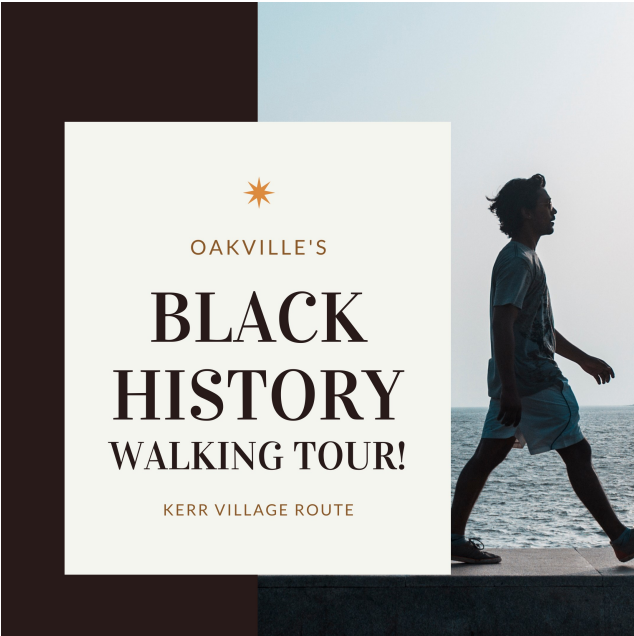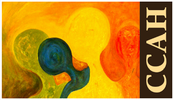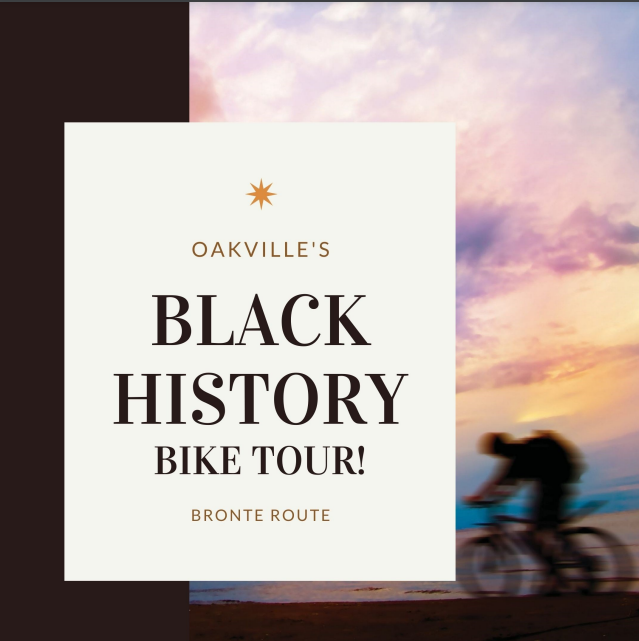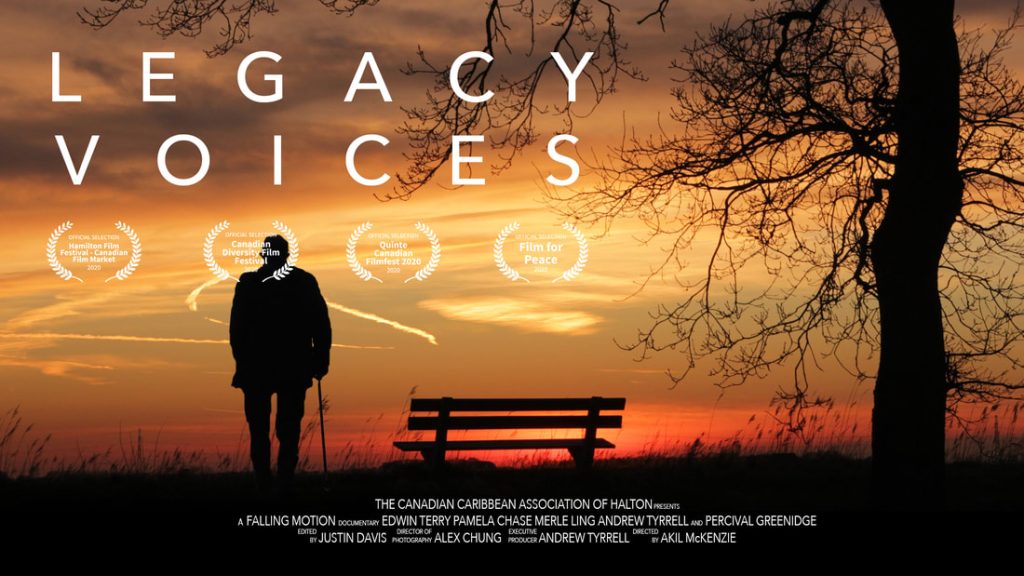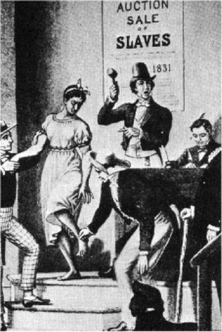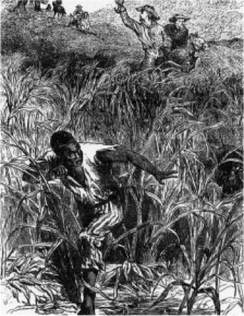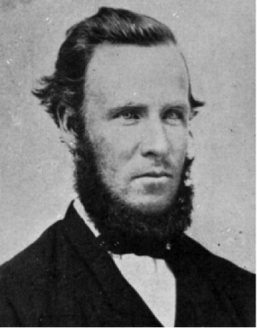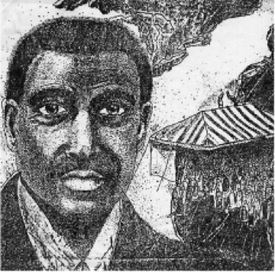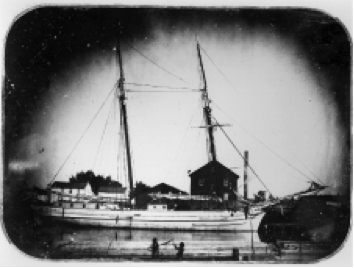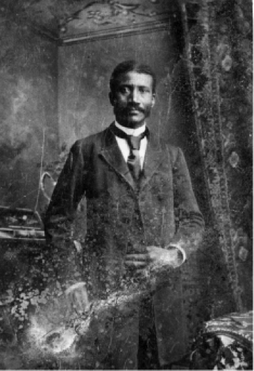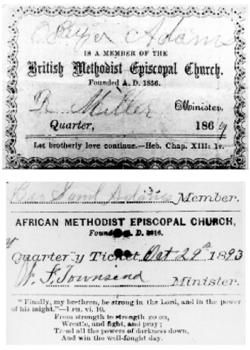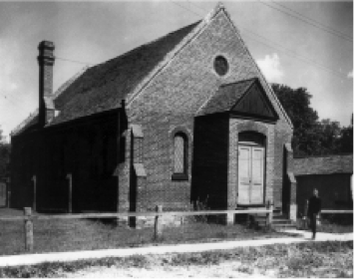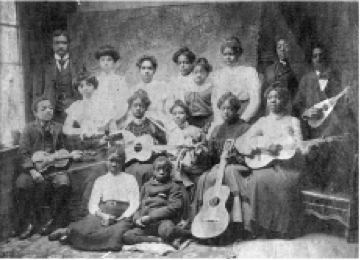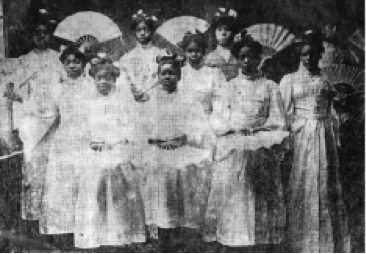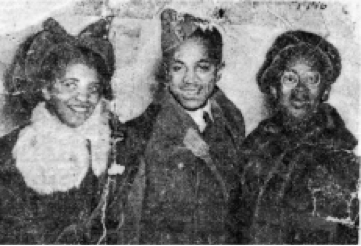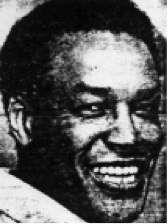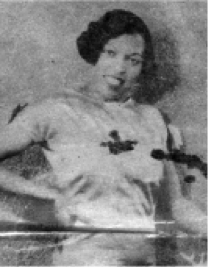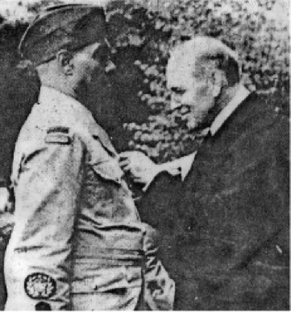Upper Canada’s early Anti-Slavery Act was followed in 1833 by the complete abolition of slavery throughout the British Empire. In the United States however, slavery continued. Both free and escaped slaves from the United States had been making their way to Canada for many decades. Gradually their routes became more established as the “Underground Railroad”. This term referred to a secret network of African American and White, men and women, who used railroad language as a code to escort and assist individuals following the North Star to freedom.
The flow of African Americans into Canada increased dramatically after 1850, with the passing of the Fugitive Slave Act in the United States. This Act encouraged the capture and return to slavery of African Americans, eliminating their right to testify on their own behalf, and denying their right to jury trial. This Act increased the risk to free African Americans as well. Anyone aiding in the escape of a slave could be fined or imprisoned, and many were.
It was through great personal sacrifice and great secrecy that the Underground Railroad continued to operate, doubling Ontario’s African American population from about 20,000 to 40,000 in the first ten years after the Fugitive Slave Act.
